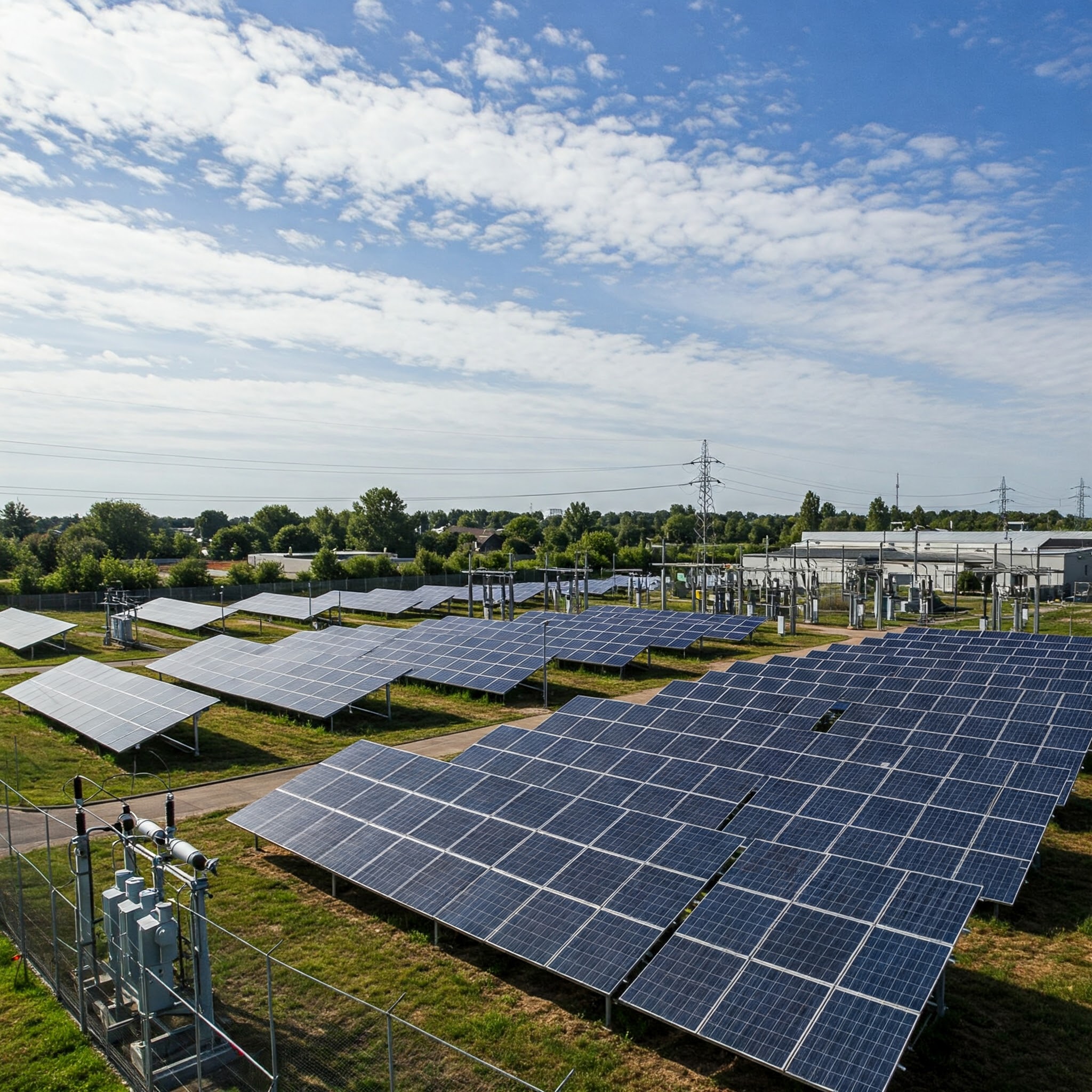5 Common mistakes in the management of Distributed Generation (DG) solar plants and how to avoid them

Distributed generation (DG) of solar energy has been growing exponentially in Brazil, driven by regulatory incentives and the desire for greater energy independence. However, the low maturity of the market brings challenges for plant managers, who often face operational, financial, and technological difficulties. Here are the five most common mistakes in managing DG solar plants and how to avoid them.
1. Lack of centralization of operational data
Many plants still operate with decentralized data, collected in a fragmented way across different systems and spreadsheets, making it difficult to analyze asset performance. To improve management, it is essential to invest in an integrated platform that consolidates all information into a single environment. Solutions like those offered by Delfos enable centralized monitoring, facilitating decision-making based on advanced analysis and automated reports.
2. Lack of predictability in maintenance
Many managers take reactive approaches to maintenance, acting only when failures occur. This can result in unexpected downtime, reduced plant efficiency, and high corrective maintenance costs. Implementing a predictive maintenance strategy using artificial intelligence (AI) and machine learning allows for the identification of failure patterns and the anticipation of necessary maintenance, reducing costs and increasing plant availability.
3. Inefficient use of monitoring and SCADA systems
Many solar plants use SCADA (Supervisory Control And Data Acquisition) systems in a limited way, just to check if the inverters are running, without exploring the analytical capabilities of these systems. To optimize performance, it is crucial to maximize SCADA usage and integrate it with platforms that enable predictive analysis and performance optimization. Advanced tools, like those from Delfos, provide detailed insights into operational efficiency, helping to prevent failures and increase productivity.
4. Inefficient management of performance and operational margin
Many managers do not closely monitor key indicators of operational efficiency and profit margin, leading to financial waste and less profitable operations. Using strategic KPIs such as capacity factor, availability rate, and maintenance cost per MW generated is essential to optimize results. Smart systems can generate automatic reports and suggest actions to improve plant profitability.
5. Not leveraging AI technologies to optimize operations
There is still resistance in parts of the DG sector to adopting artificial intelligence and automation, maintaining manual processes that increase the risk of errors and inefficiencies. Investing in platforms that use AI for energy generation forecasting, anomaly detection, and recommendation of corrective actions can bring significant gains. Delfos, for example, offers innovative solutions for solar plant management, helping reduce waste and maximize operational efficiency.
How Delfos can help
Delfos is an energytech specialized in predictive maintenance and performance optimization for distributed generation plants. With AI-powered technology and intelligent monitoring, its platform enables:
- Centralized and real-time monitoring
- Predictive analysis for preventive maintenance
- Efficient management of asset performance
- Failure identification and forecasting
- Improvement in plant profitability
If you are looking to maximize efficiency and reduce costs in managing your solar plant, get in touch with Delfos and discover how our solutions can transform your operations!
Book a meeting
Let's connect and forge new partnerships
Custom Renewable Energy Solutions
Contact us today to discuss your renewable energy needs and find the perfect solution for your business.

